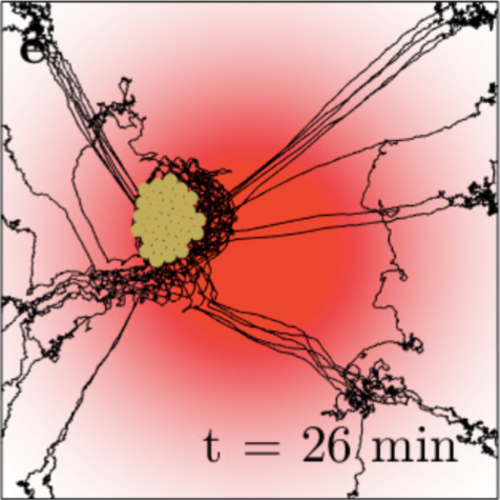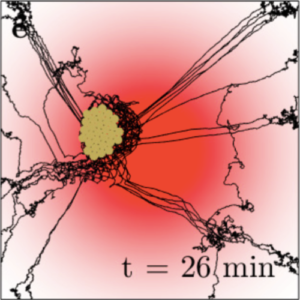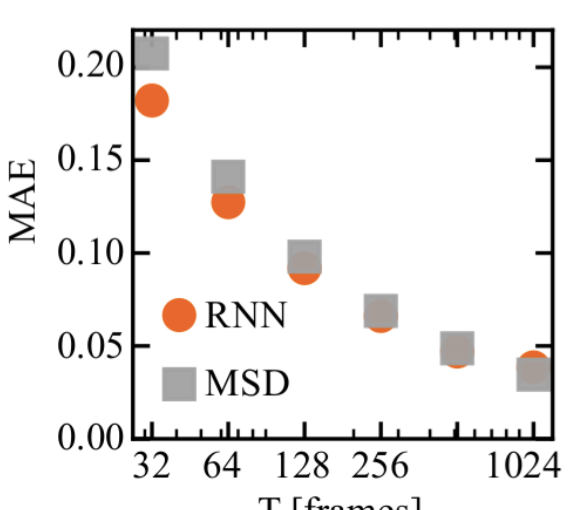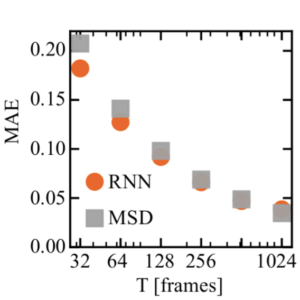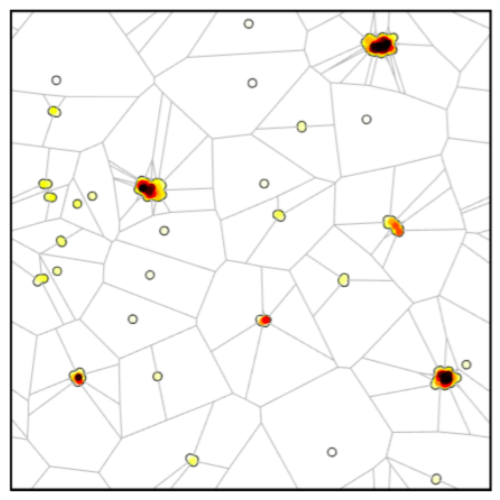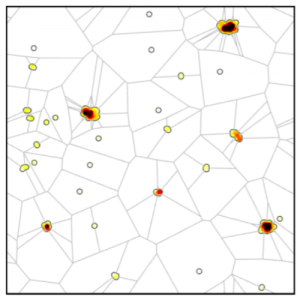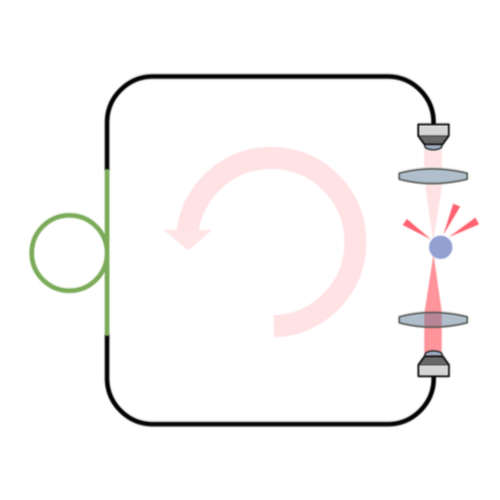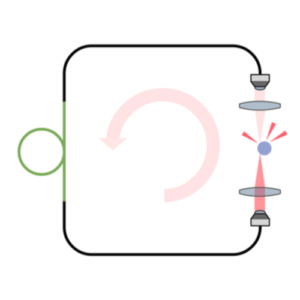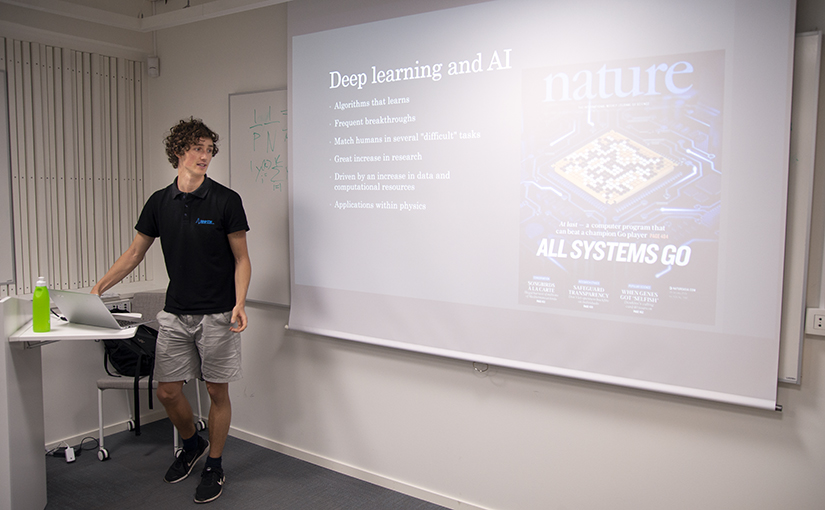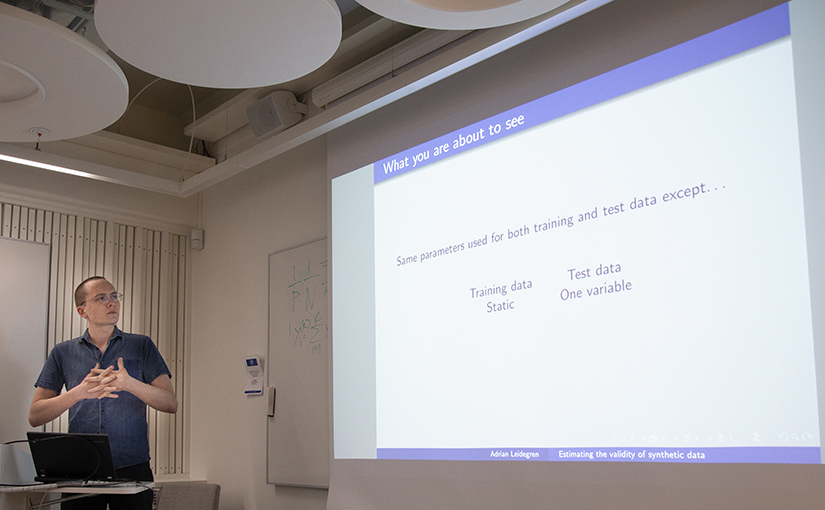Optical forces go smart
Giovanni Volpe
Plenary Presentation
SPIE Nanoscience + Engineering, San Diego (CA), USA
11-15 August 2019
Optical forces have revolutionized nanotechnology. In particular, optical forces have been used to measure and exert femtonewton forces on nanoscopic objects. This has provided the essential tools to develop nanothermodynamics, to explore nanoscopic interactions such as critical Casimir forces, and to realize microscopic devices capable of autonomous operation. The future of optical forces now lies in the development of smarter experimental setups and data-analysis algorithms, partially empowered by the machine-learning revolution. This will open unprecedented possibilities, such as the study of the energy and information flows in nanothermodynamics systems, the design of novel forms of interactions between nanoparticles, and the realization of smart microscopic devices.
